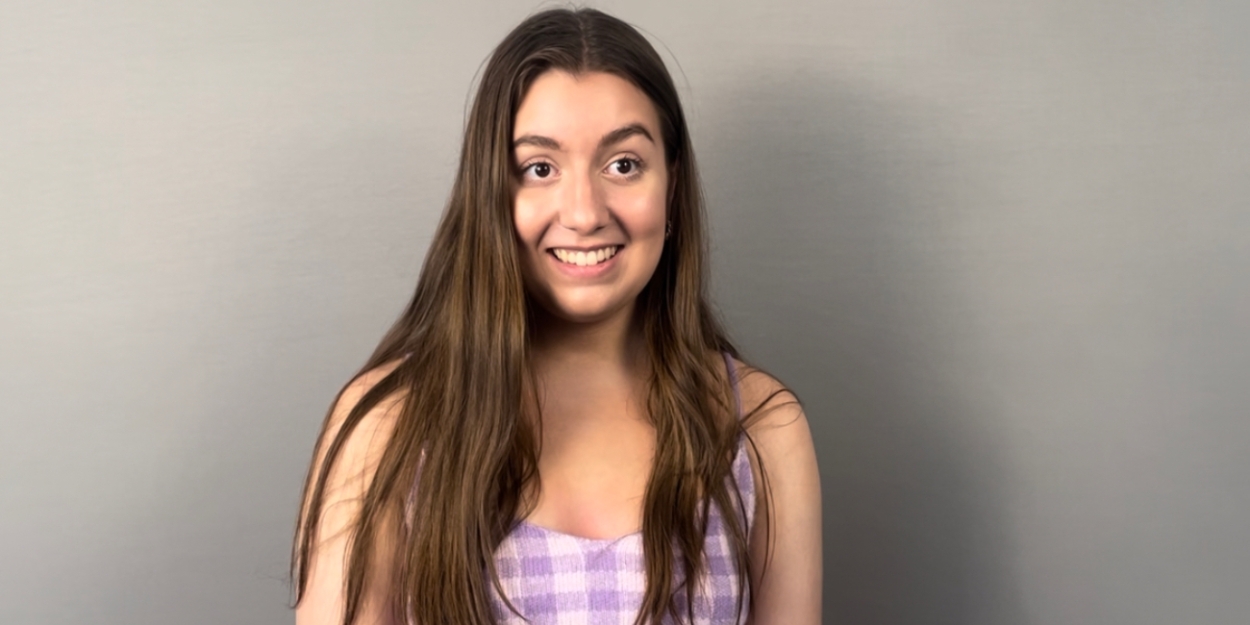Student Blog: Self Tapes
For musical theatre actors in particular, it can take a while to get used to how it feels performing to a camera rather than directly to a group of people.

While in-person auditions can be daunting, self-tapes are a completely different world. Sending in audition self-tapes is a beast in and of itself. For musical theatre actors in particular, it can take a while to get used to how it feels performing to a camera rather than directly to a group of people. This is why it’s important to not only feel confident with the work you’re sending out there. You must also understand self-tape etiquette and feel proud of your setup.
So, what is necessary for a good self-tape setup? Most importantly, casting needs to see and hear you well. This means either having a blank wall to film in front of or buying a self-tape backdrop. I like backdrops that are more neutral in color. There aren’t any standard colors, so go with whatever backdrop color flatters you! I also highly recommend purchasing lighting so your tapes look flattering and you don’t have to rely on overhead lights. You can either buy a tripod and lighting separately or if you’re on a tight budget, get a ring light, as this knocks out both in one! In my opinion, this is all you truly need. Some people swear by getting a microphone or a fancy camera, but I personally don’t see a need for that. If you have the financial means and you want to get those items, by all means, go for it. I’ve never had any issues filming with an iPhone, and I don’t think that filming with one will ever make or break you from getting a job.
Once you’re content with your setup, there is a brief list of general rules. For every audition, casting will usually specify what they want from a self-tape, so be sure to pay extra attention to that. If nothing specific is listed, I tend to follow these general guidelines:
- Do not look into the camera (unless there is a very specific reason or instruction to do so).
- Frame yourself in the camera so you can see the top of your head to your waist (unless specified), but make sure you don’t have too much extra space above your head.
- Get a reader for sides, if possible.
- Keep your slates concise, and don’t add in any gimmicks, as the slate is strictly informational. While attending masterclasses with casting directors, multiple people have said that this is a pet peeve of theirs.
- The use of props on camera is okay as long as there is a specific acting choice to use one.
That being said, if casting says something contradictory, I always take their word and use the guidelines they want.
With all of that out of the way, you just need to practice filming in order to get better. When you’re not used to sending in auditions virtually, it can be so draining. Even for someone very used to the process, it can also just be frustrating when you feel like you’re sending self-tapes into the void. When you go into an audition room, you at the very least know that someone is on the receiving end, but that isn’t always the case for self-tapes. I promise that even if it doesn’t feel like it, your hard work isn’t going unnoticed. People are watching, and you never know when filming that extra self-tape will be the one that gets you hired.

Videos


